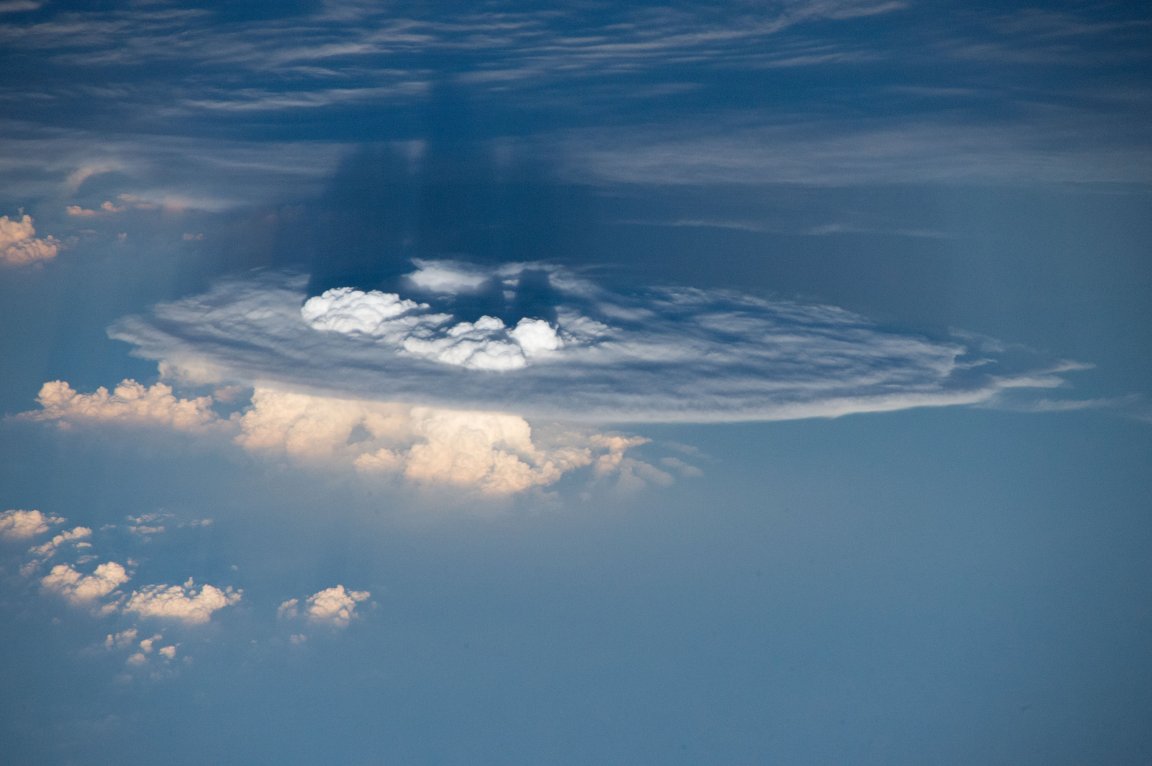
Solar Geoengineering
A new report suggests that geoengineering — intentionally manipulating the climate on a large scale to combat the effects of global warming — might have its own ruinous effect on the planet. Research led by scientists at the University of Exeter indicates that targeted solar geoengineering in one hemisphere might have a negative impact on conditions in the other hemisphere. Their research has been published in Nature Communications.
The idea of solar geoengineering is fairly straightforward. By injecting aerosols into the atmosphere, we could reflect sunlight away from the planet, thereby cooling its surface. This would mimic the effect of aerosols that are naturally emitted into the atmosphere following a volcanic eruption.
For their research, the University of Exeter scientists conducted advanced simulations using a coupled atmosphere-ocean model.
Their results suggest that injecting aerosols into the Northern Hemisphere would decrease the number of tropical cyclones found in the North Atlantic. However, carrying out the same process in the Southern Hemisphere would increase the rate of these events. Furthermore, an effort to reduce the amount of cyclones in the North Atlantic could prompt droughts in the Sahel, a region in Africa.
“Our results confirm that regional solar geoengineering is a highly risky strategy which could simultaneously benefit one region to the detriment of another,” said Anthony Jones, lead author of the paper, in a university news release. “It is vital that policymakers take solar geoengineering seriously and act swiftly to install effective regulation.”
Calculated Risk
Not all scientists share Jones’ reservations about solar geoengineering, however. Ken Caldeira is a climate scientist in the Carnegie Institution for Science, and he believes that the procedure is relatively innocuous based on the underlying science alone.
“If you really trusted the models…and were just worried about the physical climate systems and not about the social and political ramifications, you would just go ahead and do it,” Caldeira told Futurism. “The reasons you wouldn’t do it are you’re concerned about the social and political ramifications, you’re afraid that the models might be missing something important, or both.”

According to Caldeira, if geoengineering were interpreted as a kind of magic bullet that could provide a quick fix for global warming, humanity would have even less reason to change its behavior. It’s a method of counteracting certain effects, but it’s not a means of addressing the underlying issues.
Dennis L. Hartmann, a professor in the University of Washington’s department of atmospheric sciences, further emphasized the fact that geoengineering is far from a quick fix for climate change.
“Solar radiation management would have to be sustained and increased to offset increased greenhouse gas warming,” he told Futurism. “If the solar radiation management is halted for any reason, then a rapid warming would result, with likely catastrophic consequences.”

According to Caldeira, solar geoengineering alone is unlikely to have a disastrous effect on the planet. If we were to ramp up to the amount of material introduced to the atmosphere when Mount Pinatubo erupted in 1991 by 2100, we could likely offset projected levels of global warming for this century, he said, noting that that eruption didn’t cause climate chaos.
Still, the best course of action is taking stock of how human activity is affecting our environment and making some much-needed changes— a process that will be neither quick nor easy.